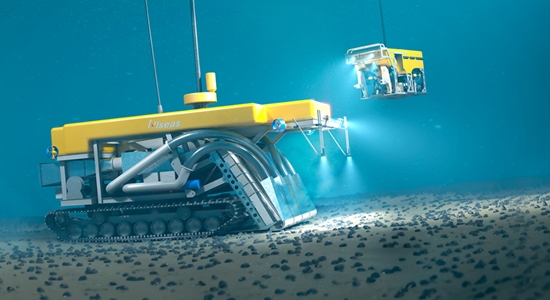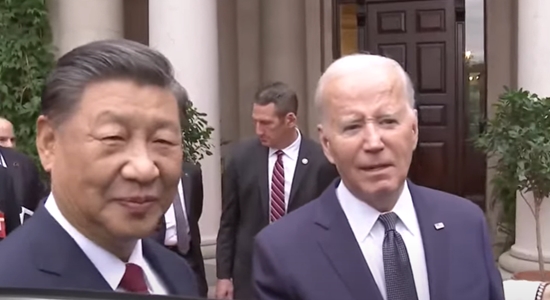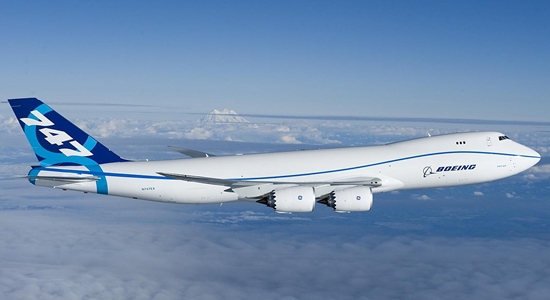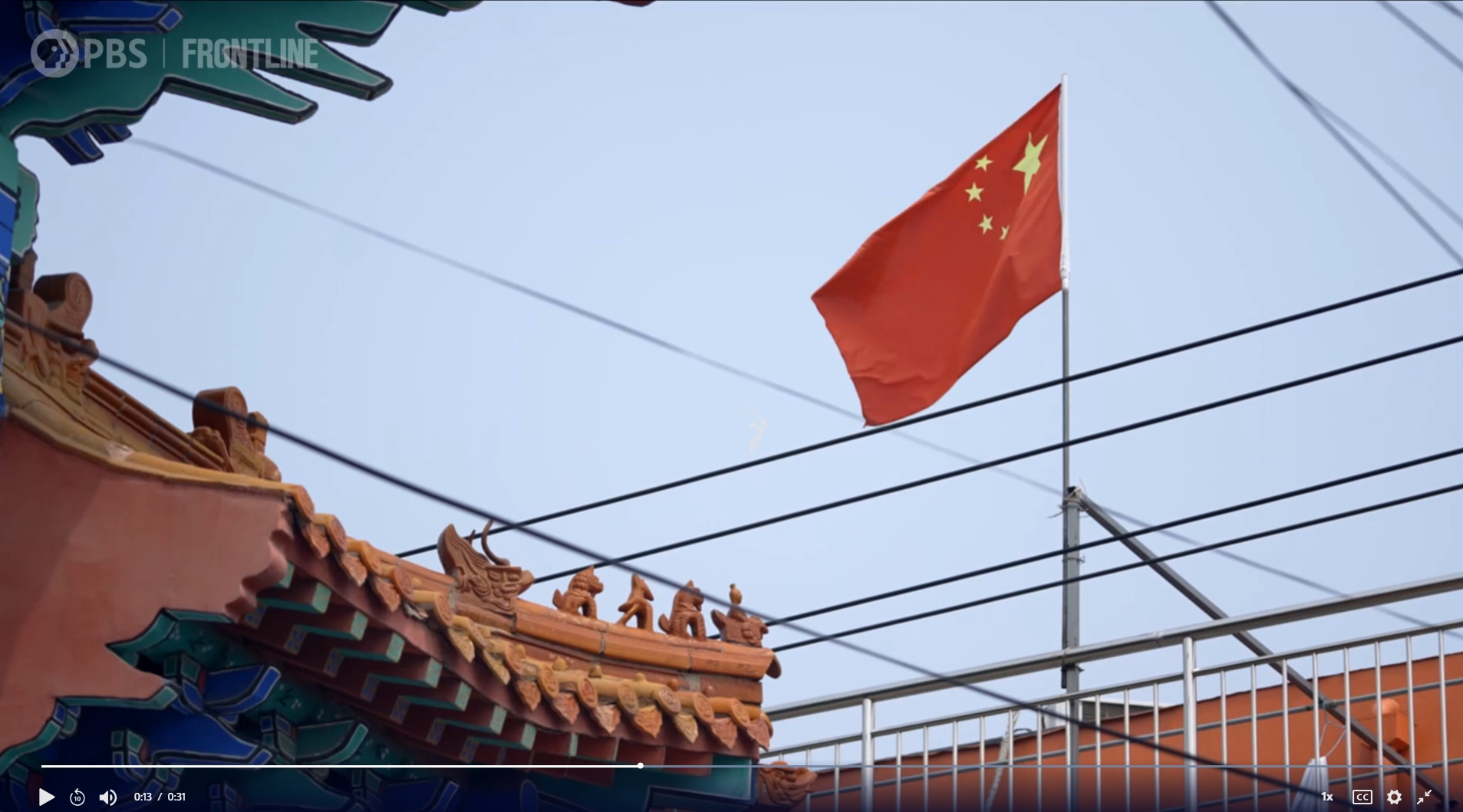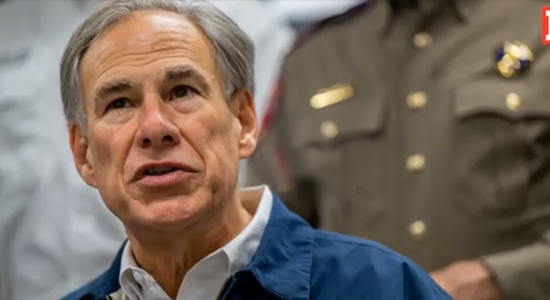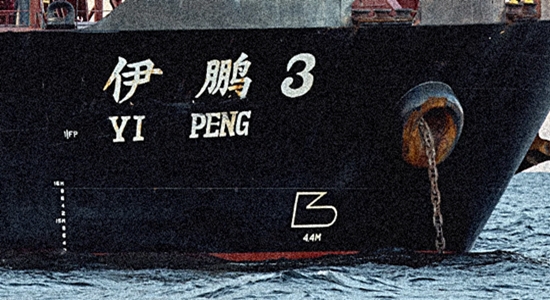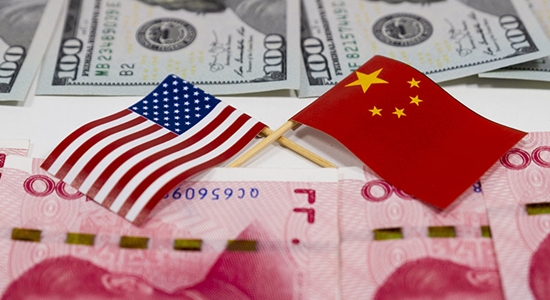
Let’s not be on the edge of our seats.
The European Union recently published its decision to apply tariffs to China’s imported electric vehicles. China responded immediately, announcing an investigation into EU dairy subsidies and filing a complaint with the World Trade Organization. The EU Commission says that its tariffs conform to WTO rules. We’ll see.
The Trump administration was not so lucky when in 2018 China brought its case to the WTO “as the Trump administration started preparing the first rounds of tariffs on what would eventually become more than $300bn worth of products,” BBC reported. The WTO agreed with China’s complaints and stated that the U.S. had not proved “that the tariffs were justified on moral grounds because it did not show how the products affected by the duties had benefited from the unfair practices.”
This seems to suggest that the cheater can cheat if there is no benefit to the cheater. How would one even measure that?
The WTO finding does not seem to have affected the U.S., with the Biden administration keeping the 2018 tariffs in place. In May 2024, it increased China tariffs another $18 billion worth, saying “China’s unfair trade practices concerning technology transfer, intellectual property, and innovation are threatening American businesses and workers. China is also flooding global markets with artificially low-priced exports.” Affected were imports of steel, aluminum, electric vehicles, solar cells, cranes, and syringes.
Defense, not offense
During the Trump Administration, news organizations referred to a “trade war” with China, but this implies a tariff-versus-tariff scenario. In fact, China’s moves do not involve this kind of retaliation. Then and now, they have been almost entirely defensive.
In response to the 2018 tariffs, China negotiated a Phase One agreement with the U.S. It lowered 2018 tariffs somewhat in exchange for China pledging to import $200 billion more in U.S. goods. That’s defensive. (And China reached only 60 percent of the target by 2022.)
Its recent complaining to the WTO about the EU is also defensive.
Threatening to raise duties on U.S. and European vehicles instead of raising them is defensive.
Investigating dairy products is a threat of possible future action, maybe. Defensive.
With respect to the Biden increase in tariffs in May of this year, China issued a statement complaining that it “contradicts President Joe Biden’s commitment to ‘not seek to suppress and contain China’s development’ and ‘not to seek to decouple and break links with China’ This action will seriously impact the atmosphere of bilateral cooperation.” Defensive and weak.
Who will pay?
China’s current and previous defensive reactions to tariffs prove a point repeatedly made by columnist Gordon Chang: “This is a contest that the United States cannot lose,” by which he means will not lose.
A conventional view posits that in general, “tariffs result in consumers paying more for goods than they would have otherwise in order to prop up industries at home. Though tariffs may afford some short-term protection for domestic industries that produce the goods subject to tariffs by shielding competition, they do so at the expense of others in the economy, including consumers and other industries.” This is not the case when an unstable regime cannot risk failing exports and failing businesses. The government and producers will take the hit to keep the economy rolling.
Chang sees the pain for American consumers as limited, arguing that “ultimately, China will have to pay the cost of tariffs that Trump—or any other American leader—may impose.” After 2018, “The Chinese government and exporters absorbed 75% to 81% of the cost of the additional levies. They did so primarily through the government increasing export and other subsidies and factories accepting lower profit margins.”
There are additional dimensions to the China tariffs. First, as Chang observes, “The problem for Xi Jinping is that China’s growth model is exhausted, and after rejecting stimulating domestic consumption, he is entirely dependent on increasing exports.” Exporting is the whole game.
On the verge
The second problem is summarized in a recent headline: “China on the Verge: Welfare State Crumbles, Explosion in Social Unrest as Youth Unemployment Soars, Strikes Surge.”
Taking that headline at face value, we can foresee political risk for the Chinese government in allowing enterprises to impose layoffs or even close their doors due to tariffs. Revaluating China’s currency to defend exports also introduces economic, social, and political risk. Further subsidies for production and exports seem the safest course for Beijing, however painful.
“Trade barriers, such as tariffs, have been demonstrated to cause more economic harm than benefit,” writes Erica York for the Tax Foundation. In this case, the harm looks to affect China most severely. Maybe it is intended to.
Tariff policy: a matter of economics? Or of global geostrategy? Maybe both. □
James Roth works for a major defense contractor in Virginia.
